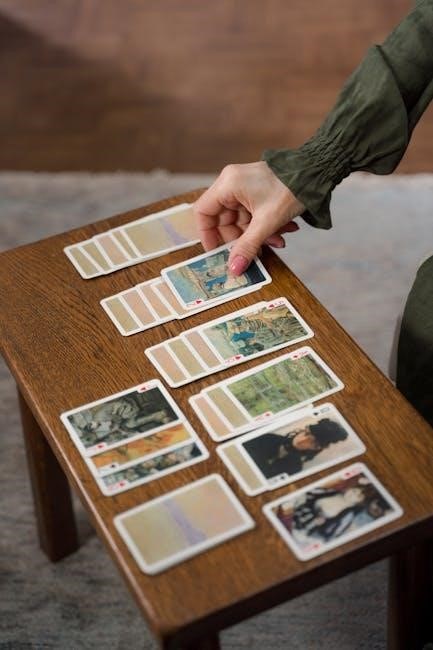the floor is lava game instructions pdf
Summary
Don’t get burned! Download our hilarious ‘The Floor Is Lava’ game instructions PDF and turn your home into an epic adventure. Learn the rules and become a lava-dodging master!
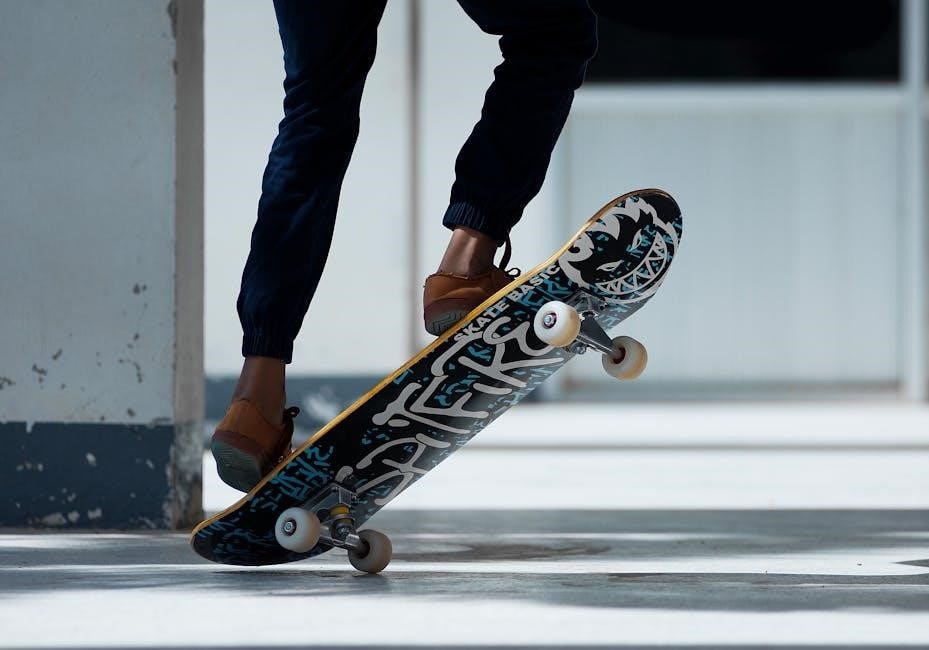
The Floor is Lava Game: Instructions and Variations
Looking for the perfect floor is lava game instructions pdf? This guide provides all the rules. Learn how to play. Discover variations for endless fun. Explore different gameplay options. Get started with the classic game today.
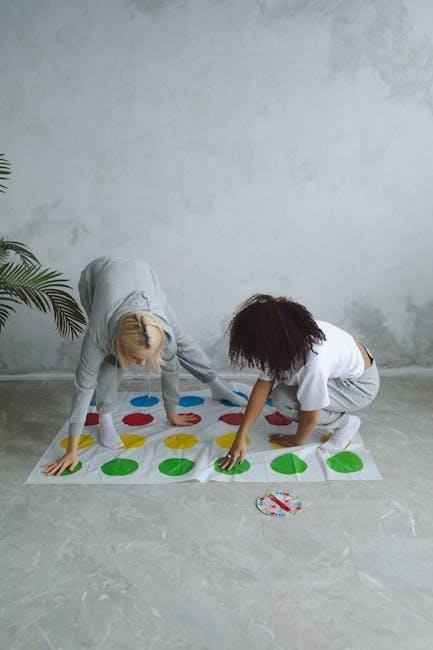
The Floor is Lava is a timeless game cherished by children and adults alike.
It transforms any environment into an exciting adventure zone. The game’s premise is
simple. Players must imagine that the floor has turned into scorching lava. They have to
use furniture, cushions, and other household items as safe stepping stones. This helps
them avoid touching the perilous “lava” below.
This imaginative game encourages quick thinking, creative problem-solving, and physical
agility. It can be played indoors or outdoors, making it a versatile option for various
settings. The Floor is Lava has seen a resurgence in popularity. It has become a
favorite for parties, family gatherings, and even team-building activities.
The game requires no special equipment. It’s easy to set up. All you need is a little
imagination and a willingness to embrace the challenge. This simplicity is part of what
makes the game so appealing. It allows for spontaneous fun without the need for
extensive preparation. With roots in classic childhood make-believe, The Floor is Lava
continues to captivate new generations. It fosters laughter, excitement, and a healthy
dose of friendly competition.
Objective of the Game
The primary objective of The Floor is Lava game is delightfully straightforward. It is to
avoid touching the floor at all costs. Players must navigate the designated playing area
using only safe zones. These can be furniture, cushions, or any object elevated above
the perilous “lava” below. The ultimate goal is survival. The player who remains the
last one not to touch the floor wins.
This seemingly simple objective encourages strategic thinking. It promotes quick
decision-making. Players must constantly assess their surroundings. They have to plan
their next move carefully. The game transforms familiar spaces into exciting obstacle
courses. It challenges players to see their environment in new and imaginative ways.
The Floor is Lava fosters a sense of playful competition. Players race against each
other and against the imaginary threat of the lava. It promotes physical activity as
players jump, climb, and stretch. It encourages them to reach safety. Whether played
individually or in teams, the game emphasizes adaptability and resilience. Players must
adjust their strategies as the game evolves. They must react to the movements of others.
The Floor is Lava offers a fun way to engage in physical and mental challenges.
Basic Rules of the Game

The foundational rules of The Floor is Lava are simple. They ensure a fun and engaging
experience for everyone involved. The most important rule is that the floor is
considered “lava”. This means players cannot touch it under any circumstances.
Movement is restricted to designated safe zones. These are typically pieces of
furniture, cushions, or other elevated objects.
Players must hop, jump, or climb between these safe zones. They should avoid contact
with the floor. If a player touches the floor, they are considered “out” of the game.
They must then step aside and watch until a new round begins. Before starting, it’s
crucial to define what constitutes a safe zone. All participants need to agree on any
objects that are off-limits. This could include unstable furniture or areas deemed
unsafe for climbing.
A single player can initiate the game by shouting “The floor is lava!”. This signals
the start. Everyone must immediately find a safe spot. There is often a time limit.
Players need to find a new safe spot every few seconds. This keeps the game dynamic
and challenging. The last player remaining on a safe spot without touching the floor
is declared the winner. These basic rules establish the core gameplay. They provide a
framework for creative adaptation.
Starting the Game
Initiating a game of The Floor is Lava is remarkably straightforward. This makes it
accessible. Anyone can start it at any time. Typically, a single player initiates the
game. They simply shout the phrase “The floor is lava!”. This declaration acts as the
starting pistol. It signals to all participants. They must immediately react and find
a safe haven.
Before the commencement, it is beneficial to survey the playing area. Identify
potential safe zones. These are elevated surfaces. Pieces of furniture, sturdy boxes,
or even large cushions can serve this purpose. Agreement on out-of-bounds areas is
also essential. This ensures the safety of all players involved. Avoid wobbly tables
or easily movable items. These could lead to accidents during the heat of the game.
Consider establishing a designated starting zone. This provides a common point from
which all players begin their lava-dodging adventure. This zone could be a rug or a
specific area of the room. When the phrase “The floor is lava!” is announced, players
must swiftly move from the starting zone. They will seek refuge on the nearest safe
surface. The speed and spontaneity of this initial scramble add to the excitement. It
sets the tone for the rest of the game.
Defining Safe Zones
Establishing clear boundaries for safe zones is crucial for a fair and enjoyable game
of The Floor is Lava. Safe zones are the designated areas where players are immune to
the imaginary lava. These are typically elevated surfaces. These can be furniture,
cushions, or even strategically placed objects. Before the game begins, players should
collectively agree. They must agree on which areas qualify as safe.
Consider the stability and accessibility of each potential safe zone. Avoid selecting
items that are easily toppled or difficult to reach. This could lead to unnecessary
injuries. Larger, more stable pieces of furniture, such as sofas and sturdy chairs,
make excellent safe zones. Smaller items like pillows and cushions can also be
utilized. However, they require more careful maneuvering. Ensure there is enough space
on each safe zone. This will allow multiple players to occupy it comfortably.
It’s also important to define the boundaries of each safe zone clearly. For example, if
a chair is deemed safe, specify whether only the seat is safe or if the armrests are
also included. This level of detail prevents confusion. It minimizes disputes during
gameplay. Remember to consider out-of-bounds areas as well. These are pieces of
furniture deemed too dangerous to be used. This could include wobbly tables or rolling
furniture. Clear communication and agreement on these aspects are essential. They
promote safety and maintain the integrity of the game.
What Happens When You Touch the Lava
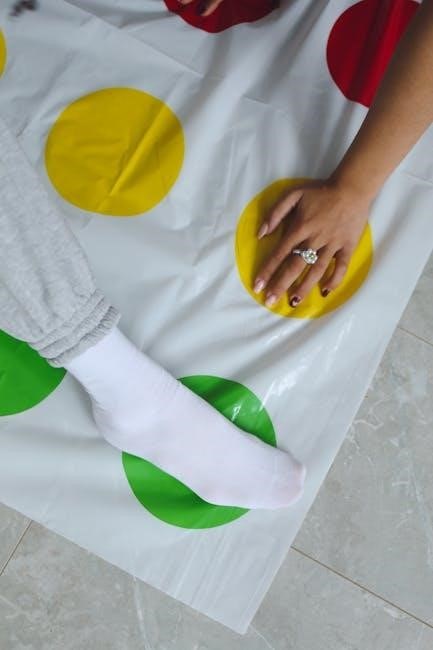
The central rule of “The Floor is Lava” revolves around avoiding contact with the floor.
The floor represents the dangerous, scorching lava. Therefore, touching it results in
a consequence. Typically, the consequence is elimination from the current round. The
exact rules regarding elimination can be adjusted based on the players’ preferences.
For instance, in a casual setting, a single touch might mean sitting out for a short
period. However, in a more competitive game, touching the lava results in immediate
and permanent removal from the round.
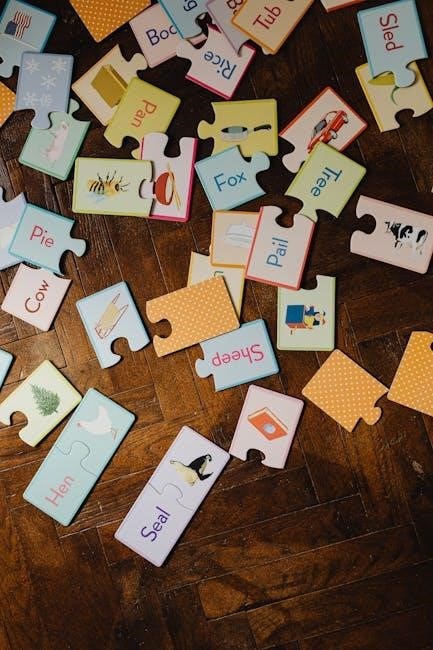
Another approach is to implement a “lives” system. Each player starts with a set number
of lives. Touching the lava results in the loss of one life. Once a player runs out of
lives, they are eliminated. This adds an extra layer of strategy to the game. Players
must be more cautious. They must avoid unnecessary risks.
In some variations, touching the lava may result in a penalty instead of elimination.
The penalty could be anything. It could be performing a silly task. It could be
remaining stationary for a set amount of time. It could even be giving another player
a strategic advantage. The penalty should be something that adds to the fun. It should
not be overly punitive. Regardless of the specific consequence, the key is to
establish clear rules. Everyone should understand what happens. This ensures fairness.
It prevents arguments during the heat of the game. The consequence of touching the lava
is the core mechanic. It drives the action and excitement.
Variations: Lava Cards
To add a layer of unpredictability and excitement to the classic “The Floor is Lava”
game, consider incorporating Lava Cards. These cards introduce challenges and
instructions that players must follow, making the game more dynamic and engaging. The
basic idea is to create a deck of cards. Each card features a specific action,
restriction, or condition that affects gameplay.
For example, a card might instruct a player to move to a specific location. It could
force them to hop on one foot for the next three moves. Another card might introduce
a temporary “lava zone”. This makes a previously safe area off-limits. The possibilities
are endless. They are limited only by your imagination. The cards can be tailored
to suit the age and abilities of the players. They can also be adjusted to fit
the specific environment in which the game is being played.
To implement Lava Cards, first create a deck of cards with various instructions.
Shuffle the deck. Place it in a central location. At designated intervals, such as at
the start of each player’s turn, a player must draw a card. They must follow the
instructions on the card. The instructions remain in effect for a specified duration.
It could be one turn, several turns, or until another card overrides it. Lava Cards
add an element of surprise. They force players to think on their feet. They adapt to
changing circumstances. This variation can significantly enhance the replayability. It
keeps the game fresh and exciting every time you play.
Using Lava Cards in Gameplay
Integrating Lava Cards into your “The Floor is Lava” game requires careful planning. It also requires clear communication to ensure a smooth and enjoyable experience. Before starting, explain the rules of the Lava Cards variation. Make sure everyone understands how the cards work. Designate a player to be the “Card Master”. This person is responsible for managing the deck. They ensure cards are drawn at the correct times.
During gameplay, at the beginning of each player’s turn, the Card Master instructs them to draw a card. The player reads the card aloud. They follow the instructions immediately. Some cards might have immediate effects. For instance, a “Freeze” card might prevent a player from moving for one turn. Others might impose ongoing restrictions. A “Hop Only” card might limit movement to hopping. Some cards might affect the entire group. A “Lava Surge” card might designate a specific area as lava for all players.
It’s essential to define how long the effects of a Lava Card last. A card might specify a duration. If it doesn’t, establish a default duration. Consider one or two turns. When a player successfully completes the card’s instruction, they can discard the card. They resume normal gameplay. If a player fails to comply with a card’s instruction, they are “out”. They are eliminated from the round. Lava Cards add an element of chance. They introduce unexpected challenges. This enhances the strategic thinking. It keeps players engaged. They have to adapt to the ever-changing conditions.
Variations: Team Play
Introducing team play to “The Floor is Lava” elevates the excitement. It encourages cooperation. The first step is dividing players into teams of equal size. Usually, teams of four or five work well. Each team needs a designated start zone. It’s a safe area where they begin each round. Before the game starts, teams discuss strategy. They plan routes. They decide who will go first. The goal is for all team members to reach a designated safe zone on the other side of the room.

During gameplay, team members must navigate the “lava” together. They can assist each other. They can offer support. A player can help a teammate reach a higher platform. They can spot obstacles in their path. Communication is key. Players must clearly express their intentions. They must coordinate their movements. Teams can implement rules to make it more challenging. For instance, teams might only allow one player to move at a time. Or, they might require players to alternate movements.
The winning team is the first to get all its members to the safe zone. They must do so without touching the floor. If a player falls into the “lava,” the entire team must restart from the start zone. This adds pressure. It emphasizes the importance of teamwork. Team play promotes collaboration. It encourages communication. It teaches players to rely on each other. It enhances the social aspect of the game. It makes “The Floor is Lava” a group activity that promotes camaraderie.
Team Setup and Start Zone
When implementing team play for “The Floor is Lava,” establishing a clear team setup is essential. It ensures fair gameplay. It fosters organization. The first step is dividing players into teams. The ideal team size is typically four to five members. This allows for collaboration. It ensures everyone is actively involved. Once teams are formed, each requires a designated start zone. This is the safe area where they begin each round. The start zone should be large enough to accommodate all team members comfortably.
Consider using a rug. It can be a large blanket. Or, it can be a clearly marked section of the floor. The start zone should be easily identifiable. It should be free from obstacles. This prevents accidental slips or falls. Before the game begins, teams gather in their respective start zones. This is the time for them to discuss strategy. They can plan their routes. They can decide the order in which members will attempt the course. Encourage teams to use this time wisely.
Ensure all teams have a fair start. Position the start zones equidistant from the final safe zone. This prevents any team from having an unfair advantage. Clearly communicate the boundaries of the start zone to all players. This avoids confusion; It prevents disputes during gameplay. Emphasize that players must remain within their start zone until the game begins. It’s important to reiterate this rule. Enforce it consistently. Establishing a well-defined team setup and start zone sets the stage for a fun. It creates a competitive. It creates an engaging team-based “Floor is Lava” experience.
Variations: The Ground is Lava (Resource-Based)

Elevate the classic “Floor is Lava” game with a resource-based twist! This variation, often called “The Ground is Lava,” introduces an element of strategy. It adds resource management to the gameplay. Instead of solely relying on existing furniture, players must use provided resources. They must use them to traverse the perilous “lava” floor. Gather a collection of household items beforehand. Think of pillows. Consider blankets. Don’t forget sheets of paper. These will serve as the essential resources.
The challenge lies in strategically placing these items. Players must create a safe pathway. The aim is to navigate from one point to another without touching the floor. Before starting, define a clear starting point. Mark a designated finish line. This provides a clear objective. It adds structure to the game. Players must carefully assess the available resources. They must plan their route accordingly. Consider the size and stability of each item. These are critical factors.
Players are only allowed to use the provided resources. They cannot touch the floor. This adds an extra layer of difficulty. It encourages creative problem-solving. Encourage players to work together. They can share resources. They can assist each other in crossing the “lava.” This fosters teamwork. It enhances the overall experience. This resource-based variation promotes critical thinking. It enhances spatial reasoning. It is guaranteed to add a fresh. It adds an exciting dimension to the beloved “Floor is Lava” game. Remember, the key is resourcefulness. The key is careful planning. The key is collaboration.
Using Random Resources to Traverse the Lava
In this exciting twist on the classic game, players must utilize random resources to navigate the treacherous “lava” floor. Forget strategically placed furniture. Say goodbye to pre-planned routes. This version introduces an element of unpredictability. Gather a collection of diverse household items. Include cushions, books, towels, and even clothing. The more varied the selection, the better. This adds to the challenge.
To start, designate a starting point and a finish line. The “lava” area should be clearly defined. Scatter the collected resources randomly across the playing area. Players must now use these items to create a path. They must get from start to finish without touching the floor. The catch? Players can only use the resources that are readily available. They are not allowed to move or rearrange items outside of their immediate reach.
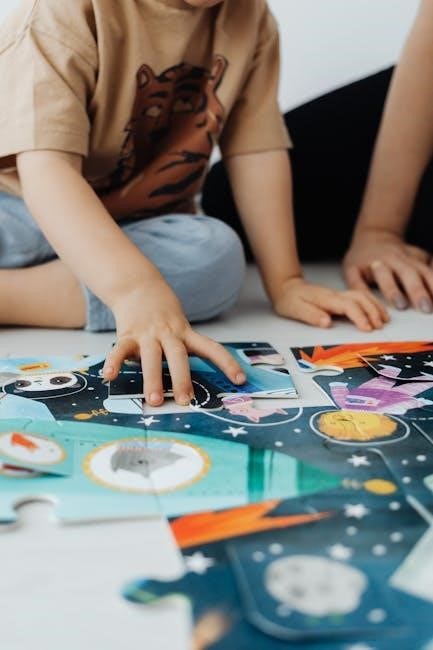
This variation encourages quick thinking. It fosters adaptability. It requires players to assess each situation and make split-second decisions. They must determine which resource to use. They must figure out how to use it most effectively. It is crucial to promote safe resource usage. Encourage players to assist each other. This fosters a sense of teamwork. It encourages collaboration. This resource-based game enhances problem-solving skills. It promotes creativity. It adds an element of surprise. It will keep players engaged and entertained for hours. The focus is on making the best of what you have. It is about adapting to the unexpected.
Safety Considerations
Before embarking on a thrilling game of “The Floor is Lava,” prioritizing safety is paramount. The game, while fun, involves physical activity. It requires participants to jump, climb, and balance. Thus, precautions are necessary to prevent injuries. Begin by thoroughly inspecting the playing area. Remove any potential hazards such as sharp objects, loose rugs, or unstable furniture. Ensure the space is well-lit to avoid trips and falls.
Establish clear boundaries for the “lava” zone. Ensure that players understand the limits. Out-of-bounds areas should be clearly defined. Communicate these rules to all participants before starting the game. These rules should be reiterated throughout the game. This maintains awareness. It reduces the risk of accidental injury. Agree on which furniture is safe to use. Designate items off-limits due to instability or fragility. Wobbly tables, rolling chairs, and delicate decorations should be avoided.

Encourage players to wear appropriate footwear. Shoes with good traction can help prevent slips. Bare feet or socks alone may increase the risk of falling. Supervise children closely during gameplay. Ensure they understand the rules and limitations. Emphasize the importance of playing responsibly. Discourage reckless behavior. Encourage players to move at a safe pace. Rushing can lead to missteps and injuries. Remind participants to be mindful of their surroundings. They should be aware of others playing the game. By following these safety guidelines, you can create a fun and safe environment.
Out-of-Bounds Furniture
In the exciting game of “The Floor is Lava,” defining safe zones is crucial. Establishing what furniture is out-of-bounds is equally important for player safety. Before the game begins, carefully assess all furniture within the playing area. Identify items that pose a potential hazard. These could include wobbly tables, rolling chairs, or anything with sharp edges. Clearly designate these items as off-limits to prevent accidents.
Communicate the list of out-of-bounds furniture to all players. Explain the reasons why these items are unsafe for use during the game. For example, a wobbly table might collapse under a player’s weight, leading to a fall. Rolling chairs could unexpectedly move, causing a loss of balance. Make sure everyone understands. Reinforce the importance of adhering to these restrictions throughout gameplay. If necessary, consider temporarily removing hazardous furniture from the playing area. This will create a safer environment and minimize the risk of injury.
For younger players, providing visual cues can be helpful. Place brightly colored tape or signs on out-of-bounds items. This serves as a constant reminder. Regularly remind players about the furniture restrictions. This reinforcement can help prevent accidental use of unsafe items. It ensures everyone remains aware of the designated safe zones. By taking these precautions, you can create a secure and enjoyable “The Floor is Lava” experience. It promotes fun without compromising player safety.
Winning the Game
The ultimate goal in “The Floor is Lava” is to be the last player standing. Or, more accurately, the last player not submerged in imaginary lava. Victory is achieved through a combination of agility, quick thinking, and strategic planning. Players must skillfully navigate the treacherous landscape. They leap from one safe haven to another. Each successful jump brings them closer to triumph.
As players succumb to the lava, the playing field becomes increasingly challenging. Fewer safe zones remain. The remaining contestants face greater pressure. This heightens the intensity of the competition. The final moments often involve daring leaps and desperate scrambles. Each player aims to secure a foothold on the last available safe spot. All while trying to avoid a fiery fate.
There are variations in gameplay to determine the winner. Some variations may focus on individual endurance. Others might emphasize teamwork and collaboration. Regardless of the specific rules, the core principle remains the same. The player, or team, that manages to outlast all others. They navigate the lava-filled environment emerges as the victor. This demonstrates their mastery of the game. Their cunning strategies and unwavering determination have led them to ultimate success. So, prepare to jump, strategize, and compete. Only one can claim the title of “The Floor is Lava” champion.
